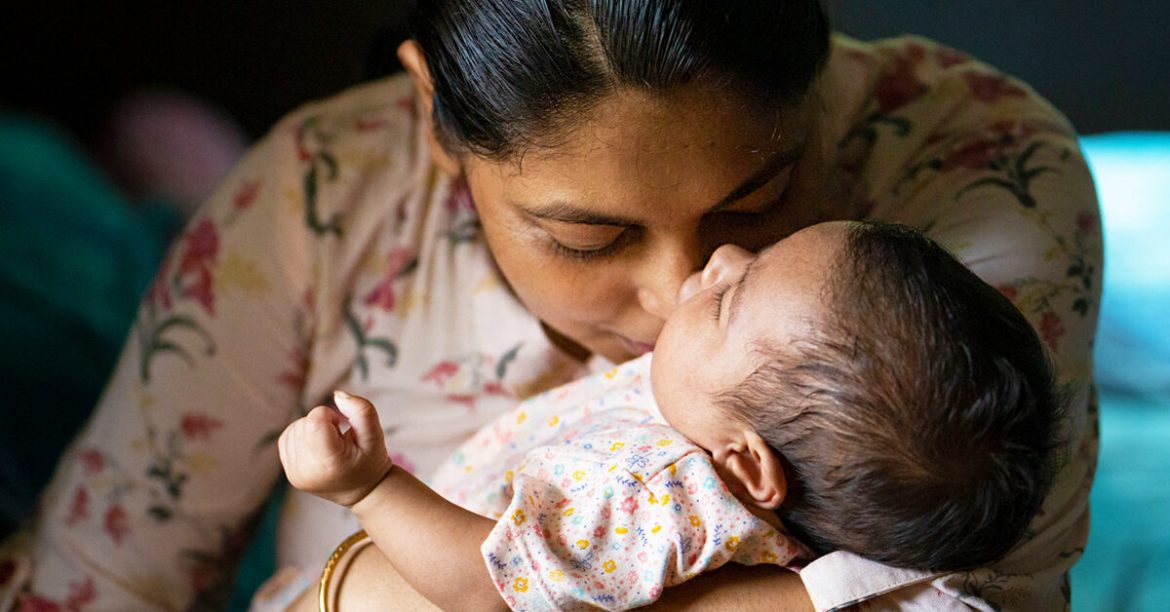Shoulder dystocia is alleviated by the fact that human shoulders slow down before birth and then accelerate up afterward, according to a recent research.
The researchers used computed tomography to produce cross-sectional clavicle reconstructions in humans, chimpanzees, and Japanese macaques, and then examined unique shoulder-width to birth-risk relationships in humans and the other primates. The research findings were published in the journal “Proceedings of the National Academy of Sciences.”
Why is it that human moms have such a difficult time giving birth compared to our evolutionary counterparts, chimps and macaques?
A large head and broad shoulders are the distinguishing features. However, it has made a significant impact in terms of birth safety.
“The question is actually two-fold, ” says study author Naoki Morimoto of Kyoto University. “What also makes childbirth difficult for women is the relatively narrow pelvis.”
When examining the development of birthing, Morimoto’s team uncovered two key elements of female human skeletal architecture that demand special consideration. The first has its own set of benefits: first, human shoulder growth slows immediately before delivery and then accelerates afterward; second, this occurrence alleviates the problem of shoulder dystocia, in which the shoulders obstruct the fetus’s safe passage down the birth canal.
“It is important to note that the second point reconciles the incompatibility of wide shoulders with the narrow birth canal. The shoulders show an ‘intelligent’ modification in fetal development,” notes lead author Ph.D. candidate Mikaze Kawada.
In terms of the head and shoulders, size ratio to the pelvis is what makes a human skeletal component ‘human.’ Our huge heads are a product of our highly evolved brains, and our wide shoulders explain our bipedal stability and ability to hurl stuff far.
On the other hand, when our forefathers walked farther and more frequently, the requirement to make walking more effective lowered the size of the pelvis.
From prenatal through adult samples, Morimoto and his team employed computed tomography to produce cross-sectional images of the clavicle in humans, chimps, and Japanese macaques.
The researchers next looked at the relationship between shoulder breadth and birth risk in humans and the two other primates. Chimpanzees have relatively broad shoulders, but less shoulder-related delivery problems than macaques. Chimpanzees’ pelvis — and hence their birth canal — is bigger than that of humans since they move about on two feet less frequently.
“We surmise that the wide shoulders, relative to the pelvis of our ancestors, emerged simultaneously with the narrower pelvis as we became fully bipedal,” says Morimoto, “but before the brain evolved to today’s size.”
Morimoto concludes, “This study motivates us to further examine the extent to which obstetric and metabolic constraints in our ancestors have influenced human ontogeny in relation to evolutionary adaptations.”
Follow Medically Speaking on Instagram





